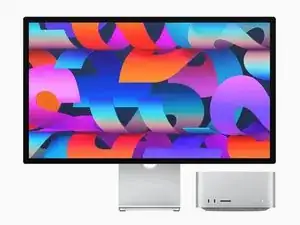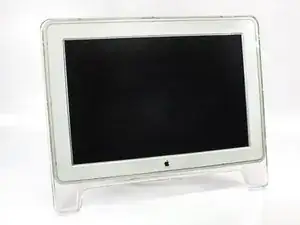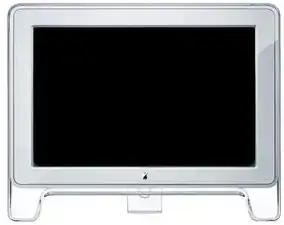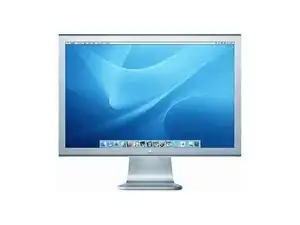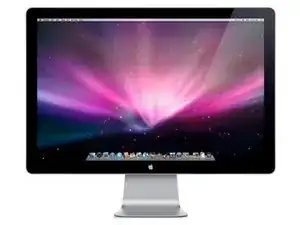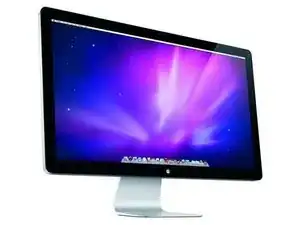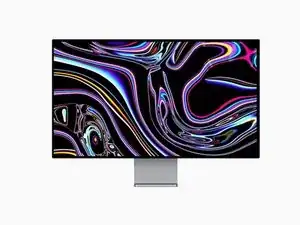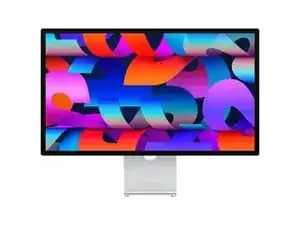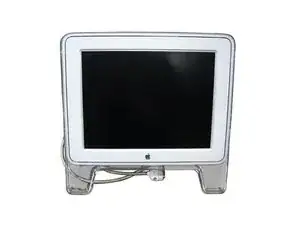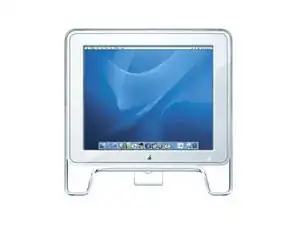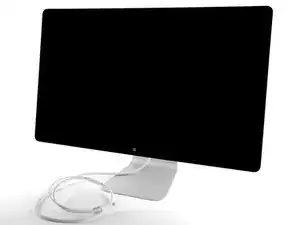Background and Identification
Apple began offering its own branded displays in 1980 with the Monitor ///. Previously, Apple computers were sold without monitors, and users were recommended to plug their computers into a television set or third party monitor. Three years after the Monitor /// was released, Apple introduced the Monitor //, which more closely corresponded to the Apple II, whereas the Monitor /// was meant for the Apple III. These monitors both featured monochrome CRT displays and slow refresh rates. Since graphical interfaces wouldn’t be a thing until the release of the Lisa and Macintosh, these early monitors just needed to display a 12” array of 80×24 text characters.
In ‘87, Apple started producing color CRT monitors to be used with the Macintosh II. Apple started integrating the computer with the monitor into a single case, and would continue to do so until 1998, with the 15” Apple Studio Display, which had a crystal clear resolution of 1024×768 pixels. This display also featured translucent plastic akin to the iMac. Early Apple displays like the Apple Studio Display featured industry standard connection ports for the time (DA-15, S-video, composite video), with the inclusion of the Apple Desktop Bus (ADB). However, in 2000 the design was changed to use the proprietary Apple Display Connector (ADC). The port standard would switch twice more to the Mini DisplayPort in 2006 and the Thunderbolt in 2011. Also during this time, the case materials used shift from the colorful case of plastic to a primarily aluminum design to an aluminum-backed pane of glass with ever-shrinking bezels.
In 2016, Apple ceased production of the Thunderbolt Display to have LG produce their external display offerings. However, they returned to the game in 2019 to produce the 6K Apple-branded Pro Display XDR, released Dec 2019. The backing features the same spherically vented aluminum as the Mac Pro. In 2022 the Studio Display was announced for $1599 featuring Center Stage and an A13 SOC.
